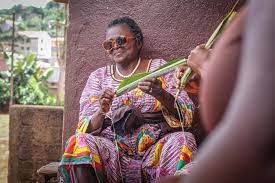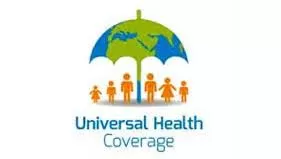As many as six countries2 in Africa were unable to implement planned large-scale treatment programmes and this resulted in a 27% reduction in coverage as compared with 2019. In the pre-pandemic years, several countries completed post-treatment surveillance resulting in 1.8 million people no longer requiring treatment.
“Progress needs to be sustained and one of the priorities now is to determine areas that require continued treatment for local populations,” said Dr Dieudonné Sankara, Team lead, Elimination and Eradication, WHO Department of Control of Neglected Tropical Diseases. “Experts are working to evaluate strategies that can be used to guide countries in deciding when to stop large-scale treatment programmes.”
To support the transition from control to elimination and to improve national entomological capacity, WHO is preparing a manual with new techniques and strategies on how to standardize entomological surveys. This will be complemented by research in new diagnostic tools, as diagnosis of onchocerciasis remains a challenge for many national programmes.
Although progress has been made to interrupt transmission, better programme guidance, tools and systems are required to ensure that decisions are based on sound evidence.
While support for interrupting transmission remains strong, and WHO continues to engage stakeholders, momentum must be maintained, and high-quality interventions continued until transmission of the disease is eliminated globally.
The integrated approaches advocated in the road map for neglected tropical diseases 2021–2030, supported by activities and messaging for the “Stamp Out Oncho” campaign (launched in 2018), are bound to accelerate onchocerciasis elimination.
The disease
Onchocerciasis is a parasitic infection caused by infection with the filarial nematode Onchocerca volvulus. Infection is transmitted through the bites of black flies of the genus Simulium that breed in rivers and streams. More than 99% of all onchocerciasis cases are in sub-Saharan Africa, but some small foci exist in the Americas and in Yemen.
The risk of onchocerciasis-related blindness or skin disease has been reduced as a result of continued mass drug administration with ivermectin.
Four countries (Colombia, Ecuador, Guatemala, and Mexico) have completed the process recommended by WHO for verification of the interruption of transmission of human onchocerciasis.
The elimination of human onchocerciasis would make a significant contribution to the attainment of Sustainable Development Goal 3.3, which includes a call to end the epidemic of neglected tropical diseases by 2030.











